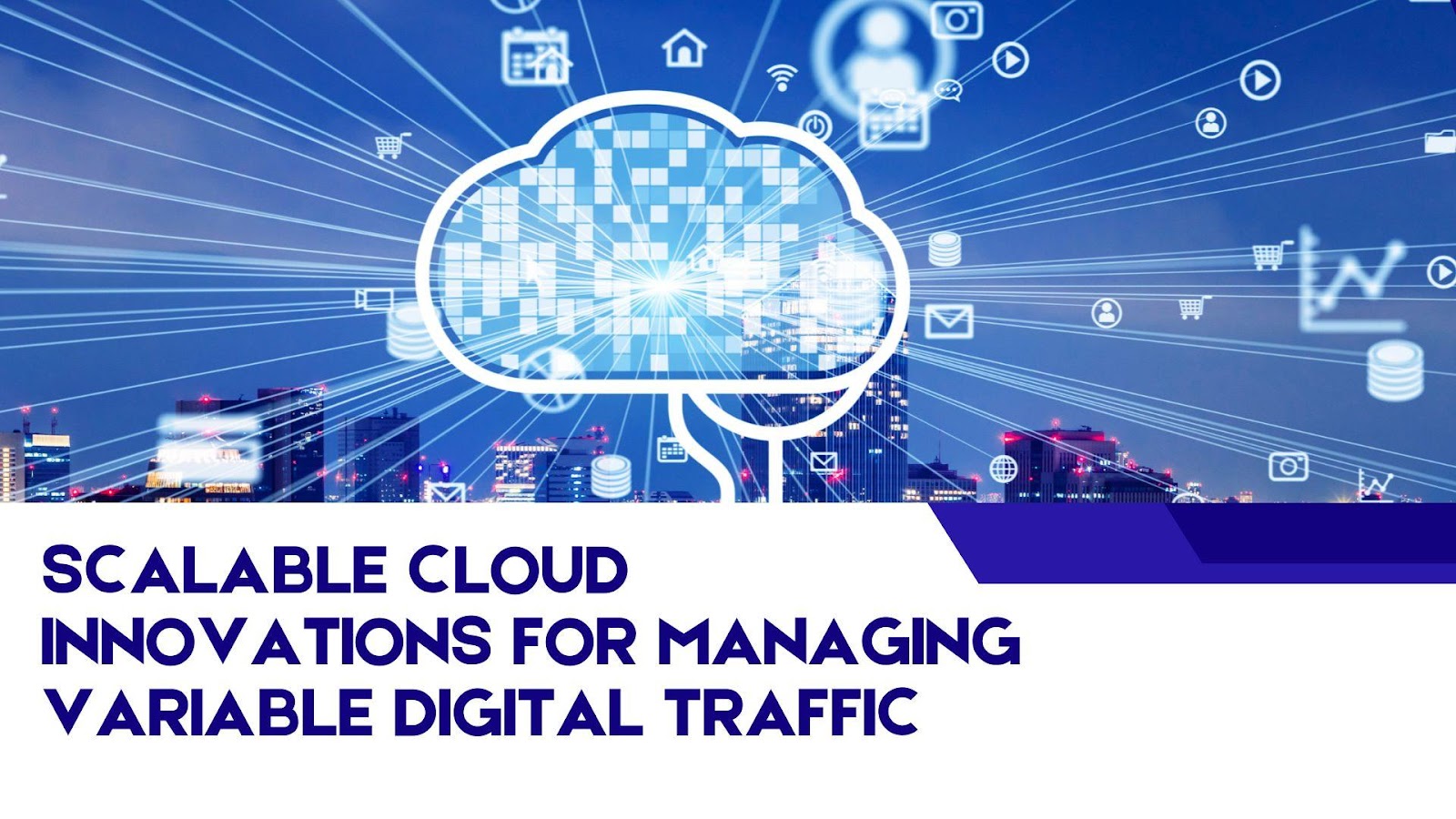Technology has revolutionized the way digital platforms manage fluctuating user demand, ensuring seamless service during peak loads. Suchismita Das, a researcher and cloud computing expert, sheds light on cutting-edge innovations in scalable cloud architecture, focusing on how intelligent systems balance performance and reliability. Her work explores advanced strategies for dynamic traffic management, leveraging cloud-native technologies to enhance platform resilience and efficiency.
Harnessing Distributed Systems for Scalability
Modern digital platforms rely on distributed system architectures to handle varying traffic loads efficiently. By adopting microservices, platforms achieve modular scalability, allowing independent service layers to scale dynamically. A layered approach ensures that different components, such as client interfaces, business logic, and data storage, can scale independently without compromising performance. Moreover, microservices enable better fault isolation, preventing localized failures from impacting the entire system.
The Role of Container Orchestration
The introduction of container orchestration frameworks like Kubernetes has transformed how cloud resources are managed. These frameworks automate deployment, scaling, and recovery, ensuring availability. Platforms leveraging such orchestration achieve rapid scaling with minimal intervention. Dynamic auto-scaling policies adjust resource allocation, reducing costs while maintaining performance. By maintaining high CPU utilization and automating rollbacks, organizations enhance stability. Additionally, these systems facilitate updates, reducing downtime during software upgrades.
Predictive Scaling Through Machine Learning
Artificial intelligence plays a crucial role in predictive resource management. Advanced machine learning algorithms analyze real-time and historical traffic data to predict usage spikes, adjusting cloud resources accordingly. These systems process thousands of scaling events daily with remarkable accuracy, preventing underutilization or overprovisioning of computing resources. This intelligent approach has led to a reduction in unnecessary scaling operations, optimizing both performance and cost efficiency. Predictive models also enhance security by detecting and mitigating anomalous traffic patterns that may indicate cyber threats.
Optimizing Load Balancing and Traffic Distribution
Effective load balancing strategies are essential for managing unpredictable traffic surges. By implementing multi-tiered load distribution frameworks, digital platforms dynamically allocate traffic across global servers based on regional demand and system health metrics. These intelligent routing mechanisms ensure minimal latency and prevent system overloads, enhancing user experience even during peak times. Automated failover solutions further improve availability by redirecting traffic within seconds in case of service degradation. This approach ensures that even under extreme load conditions, users experience minimal service disruption.
Advanced Caching for Accelerated Performance
Data caching solutions are integral to maintaining fast response times under heavy traffic. Multi-layered caching architectures store frequently accessed data at different levels, significantly reducing backend query loads. By leveraging intelligent cache-warming mechanisms, platforms ensure that essential data is readily available, improving request processing speeds. Optimized memory management techniques further enhance query execution efficiency, minimizing latency even during extreme load conditions. Enhanced data compression techniques complement caching, reducing storage overhead and improving retrieval speeds.
Real-Time Monitoring and Incident Response
To ensure uninterrupted service, advanced observability frameworks monitor system performance in real-time. Automated anomaly detection systems analyze telemetry data, identifying potential failures before they impact users. Machine learning-powered monitoring tools detect performance irregularities with high precision, enabling preemptive resolution strategies. Automated incident response mechanisms minimize downtime by initiating recovery actions within minutes, drastically improving service reliability. Additionally, AI-powered analytics provide insights into historical trends, allowing teams to refine operational strategies proactively.
Disaster Recovery and System Resilience
Digital platforms implement sophisticated failover architectures to safeguard against outages. By deploying multi-region redundancy models, critical services remain operational even during large-scale disruptions. Intelligent disaster recovery frameworks employ real-time data replication and automated failover mechanisms to ensure minimal data loss. These proactive measures have significantly reduced system recovery times, reinforcing overall platform reliability. Regular stress testing and failure simulations further enhance preparedness, ensuring platforms can withstand unexpected crises.
In conclusion, advancements in scalable cloud infrastructure enhance digital service availability but also set new benchmarks for future innovation. Suchismita Das‘ research underscores the importance of integrating predictive analytics, automation, and AI-driven scaling strategies to manage dynamic workloads efficiently. As digital platforms continue to grow, these technological breakthroughs will play a pivotal role in ensuring seamless and reliable user experiences worldwide. The future of cloud computing will likely see even greater integration of intelligent automation, driving efficiency and scalability.



































